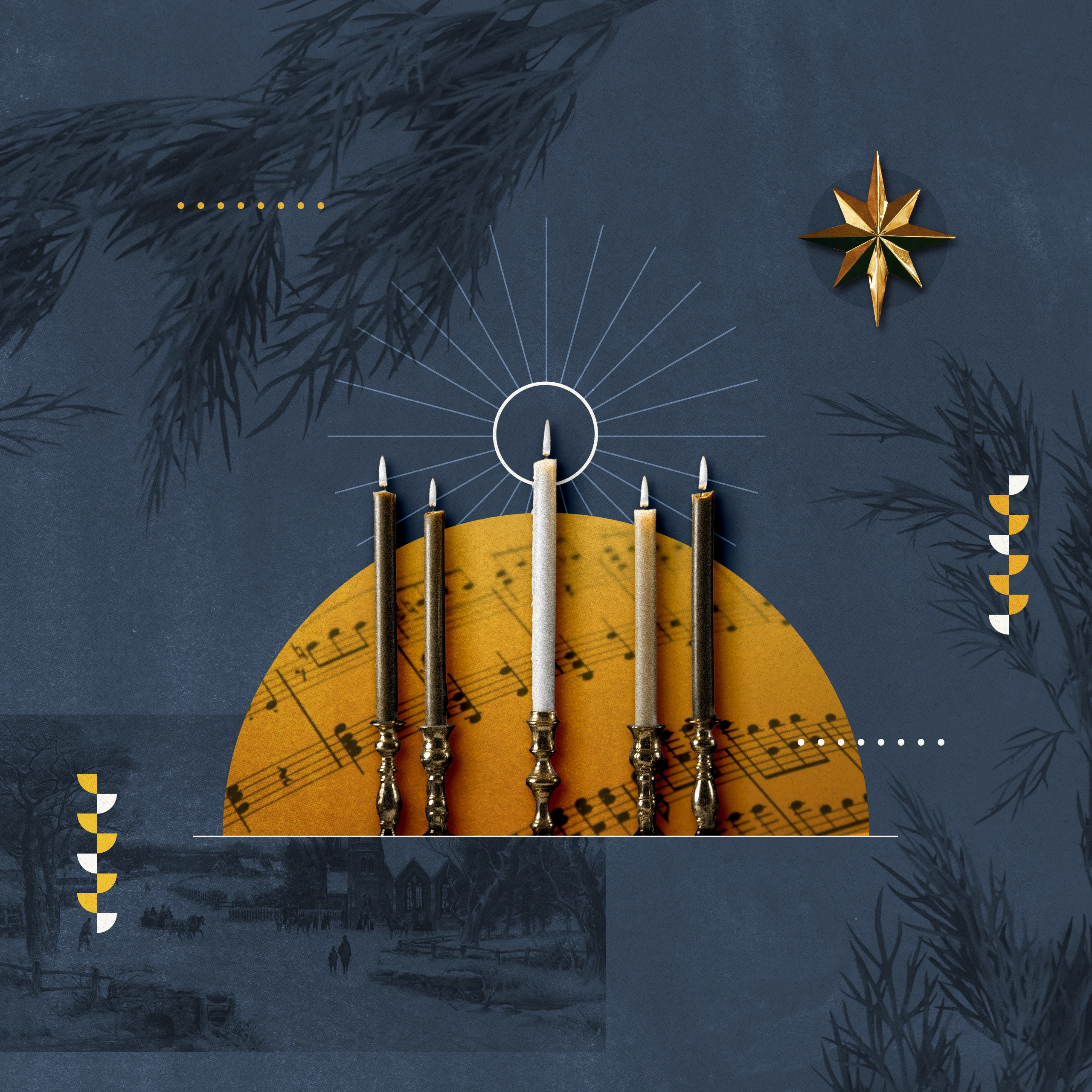Christmas Carols: O Come, O Come, Emmanuel

Of the many beautiful hymns that have been composed in celebration of the birth of Christ, few in my mind equal the depth of O Come, O Come, Emmanuel. The origins of the Latin version Veni, Emmanuel are obscure. It may have been composed as early as the eighth century. The melody appears to have originated in France in the fifteenth century. The hymn was translated into English by the Reverend John Mason Neale in the mid nineteenth century. The English version originally consisted of five verses, which began “Draw nigh, draw nigh, Emmanuel.” Alternate versions of most of the verses and additional verses were composed later, and one can now find numerous versions of this hymn.
While the origins of the hymn and its development over time are interesting matters, they are not the reasons for the hymn’s profundity. That rests on the subject matter. The hymn is based on a prophecy in Isaiah 7, a prophecy that looks forward to the birth of a child who will be named Immanuel, which means “God with us.” In Eden, God had been present with mankind, but as a result of the fall, man was exiled from God’s presence. From that point forward, the restoration of God’s presence with man become a major theme that is developed throughout Scripture.
We as Christians can now look back to the fulfillment of those promises—to the most incredible, awe-inspiring moment in history, the birth of Immanuel, the incarnation of the Son of God Himself.
God chooses Israel as the people through whom He will reestablish His presence with man, and this begins in earnest with the construction of the tabernacle in the wilderness and later the temple in Jerusalem. God dwells in the midst of His holy people, but only the high priest is allowed into God’s direct presence and that only once a year. At the time of the exile, Ezekiel sees God’s presence depart from the temple as a result of the people’s sin, but he and the other prophets look forward to a time when God will restore His presence with His people in a way that transcends the temple built with hands. Isaiah’s prophecy of the child called Immanuel hints at this.
And then, in the fullness of time, Jesus is born, and Matthew tells us that His birth took place to fulfill what the Lord had spoken through the prophet Isaiah (Matt. 1:23). Jesus is Immanuel. He is God with us. In Him all of the Old Testament types and promises that looked forward to the restoration of God’s presence with His people are fulfilled. Jesus is the Son of God incarnate.
The words of the hymn express the hopes of Israel throughout her history for the fulfillment of Isaiah’s promise. We as Christians can now look back to the fulfillment of those promises—to the most incredible, awe-inspiring moment in history, the birth of Immanuel, the incarnation of the Son of God Himself. In Jesus God established His presence once again with His people, and He is with us always–to the end of the age. Rejoice!
Editor’s Note: This article was originally published on December 3, 2012.

